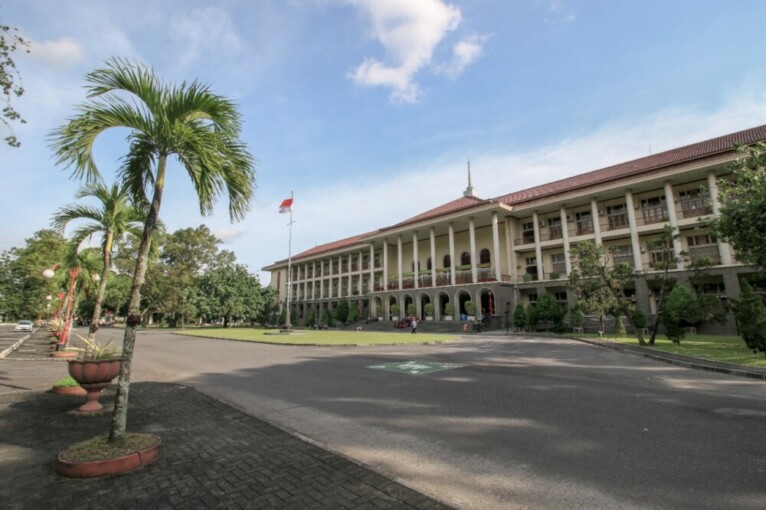
UGM Chancellor, Prof. Ir. Panut Mulyono, M.En.g, D.Eng., IPU, Asean.Eng., launched the use of electronic signs to coincide with the Republic of Indonesia’s Independence Day commemoration on Monday (17/8).
Electronic Signatures can be used for various administrative documents to implement digital transformation to create quality and trusted co-operations.
“In this digital era, electronic signature has been our necessity. UGM should also develop in utilizing this technological development to improve the quality of its services to the community,” said the Chancellor.
The use of digital signatures is also in line with data integration initiatives within the Ministry of Education and Culture in the context of using the national diploma (PIN) numbering and making Indonesia 4.0. In this electronic signature implementation, UGM is in partnership with the National Cyber and Crypto Agency (BSSN), a state institution in charge of dealing with cybersecurity in Indonesia.
Supriyadi, Ph.D., M.Sc., CA, and Ak., as the UGM Deputy Chancellor for Planning, Finance, and Information Systems, explained that an electronic signature is an encryption code created on a digital document produced by an application program information of technology system. Therefore, it will be guaranteed authenticity, and their contents cannot be amended or replaced.
“So, documents and digital signatures are different with scanned documents and signatures,” he said.
According to him, there are three main benefits of using digital documents and signatures. The first thing is to increase the security and confidentiality of documents from forgery, damage, disappearance, and abuse.
Besides, TTE is legally protected by national and international laws. In Indonesia, Law No. 11/2008 and PP No 82/2012 have regulated digital signatures as a means of authentication and verification of digital documents.
“Many developed countries can also receive various documents with digital signatures in various business transactions and collaborations,” he explained.
Another benefit is that it saves time, costs, and natural resources because it is systemized through an application program so that it can be done more quickly without requiring the consumption of consumables.
UGM this year started implementing digital documents and signatures in stages in three work areas, such as financial administration, part of human resource administration, and academic information systems.
“We hope that by the end of this year, the digitization of transcript documents, SKPI, and UGM diplomas with digital signatures will be used,” said Supriyadi.
He also mentioned that support from parties is necessary, especially from UGM partner agencies for the use of digital documents and signatures. So that it can expedite the process and all parties can immediately get its benefits.
When certificate documents and transcripts are digital, for example, when alumni apply for jobs, they are not necessary to submit copies of diplomas and transcripts, which are legalized by affixing the official’s signature.
“Agencies that open job applications can access online diplomas and digital transcripts of applicants guaranteed to be more authentic,” he concluded.
Author: Gloria
Translator: Natasa A

